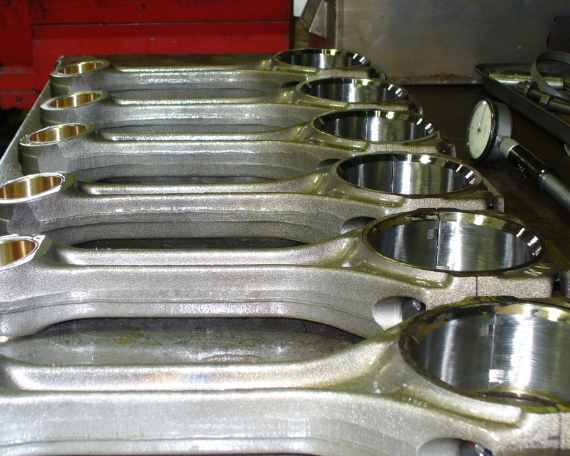Balancing connecting rods at home is doable with the right tools and careful attention to detail. The process involves weighing each connecting rod on a precision scale, identifying the lightest one, and then removing material from the heavier ones until they match the lightest rod.
Why Balance Connecting Rods at Home?
Balancing connecting rods is an important aspect of maintaining and improving the performance of your internal combustion engine. A set of perfectly balanced connecting rods reduces vibration, increases engine efficiency, and enhances the overall performance. This is a task that can be accomplished in a home garage with patience, precision, and the right tools.
Tools and Materials Needed
To balance connecting rods at home, you’ll need a precision scale capable of measuring very small weight differences, a grinder or a belt sander, and safety equipment like goggles and gloves. A connecting rod vise would also be beneficial but not essential.
The Process of Balancing Connecting Rods
Begin by cleaning the rods thoroughly to ensure that no dirt or oil interferes with the weighing process. Each connecting rod should be weighed separately, and the weight noted down. Identify the lightest rod in the set; this will be your target weight.

The next step is to remove material from the heavier rods. This should be done gradually and carefully, using a grinder or belt sander. The material should be removed from non-critical areas to maintain the structural integrity of the rods.
Post Balancing Check
After grinding, clean the rods again to remove any metal dust, and weigh each rod to ensure they now match the target weight. It’s important to note that balancing connecting rods at home will not typically achieve the same level of precision as professional balancing, but it can significantly improve engine performance.
The Benefits of Home Balancing
Balancing connecting rods at home is a cost-effective way of enhancing engine performance. Although it might not reach the precision level of professional services, it can significantly reduce engine vibration and improve overall functionality. For car enthusiasts and DIY mechanics, this process not only saves cost but also provides a deeper understanding of engine mechanics.
In conclusion, balancing connecting rods at home is a feasible task that requires precision, patience, and the right tools. The process can greatly improve your engine’s performance and provide you with a greater understanding of your vehicle’s inner workings.